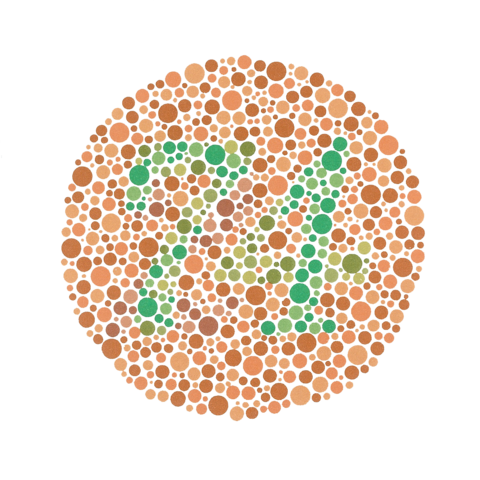Images can explain things, make the content more engaging, and arouse interest. After all, you would hesitate to buy a product from an online store without seeing a picture of it. A graph can help you to understand the associated information better and quicker than text alone. An image that supports the text content or audio track helps the reader/listener to remember the information better.
It is important to pay attention to images, but keep in mind that some people cannot see them well or at all. Therefore, the content should not rely solely on seeing an image.
Reasons why a service user may not be able to see an image at all or miss part of the information contained in it include the following:
- the user is blind (cannot see the image at all)
- the user has poor eyesight (insufficient contrast or size of the image)
- the user is colour blind (the image contains colours indistinguishable for colour-blind people)
- technical reason (e.g. corrupt image file)
- slow web connection (the image is too large for transfer)
- insufficient display specifications (e.g. the age and settings of the display can affect colour and contrast, or the viewing conditions may be challenging, e.g. bright sunny day outside.)
Also, the user of the service may wish to listen to the content while driving a car, in which case any essential content contained in the image is only conveyed if it is also available in an audible form (for example, as an alternative text that can be listened to using a screen reader program).
Note: the Edge browser has a good and easy-to-use Read Aloud feature, but unfortunately, it does not read image alt texts. The same applies to the MS Office 365 suite’s Immersive Reader feature. You can test the Edge (Chromium) browser’s Read Aloud feature by pressing the key combination CTRL + SHIFT + U. Another alternative is to right-click on the page in question and select Read Aloud from the menu. You can choose the language of the reader in the settings. The options also include Finnish.

Image: In this Ishihara test, viewers with red-green colour blindness see the number 21 or nothing at all. People with normal colour vision see the number 74. The computer display may affect the result of the test.
(The creator of this Ishihara test plate is unknown. The image is copyrighted and retrieved from Wikimedia.) Remember to make sure that you have the right to use the images you choose!